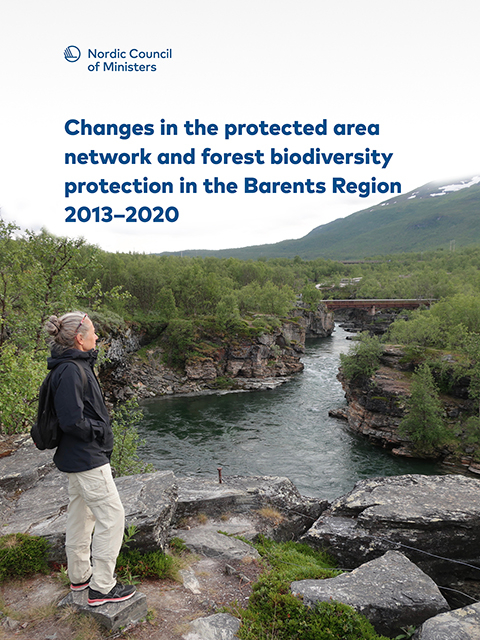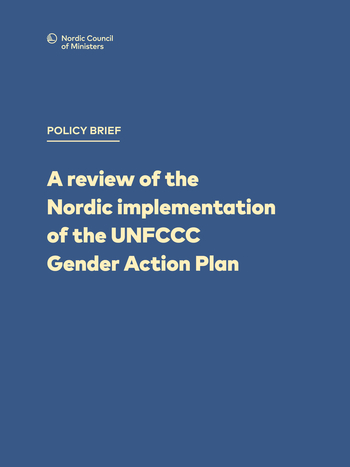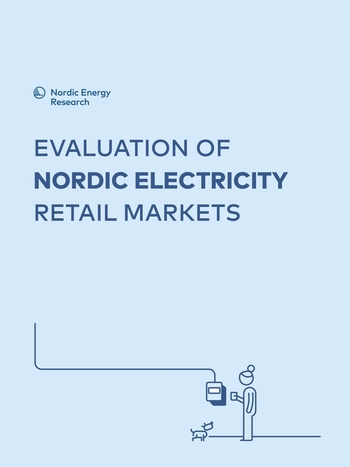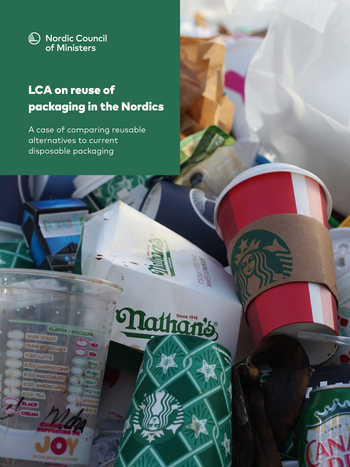Changes in the protected area network and forest biodiversity protection in the Barents Region 2013–2020

Information
Publish date
Abstract
The Barents Region displays one of the largest and relatively intact forest ecosystems that remain still on Earth. Forest ecosystems have a crucial role in mitigation of and adaptation to the climate change. The benefits that biodiversity provides are fundamental to human well-being and health in the Barents Region. Mainstreaming biodiversity is one of the main components in safeguarding nature values.Boreal forests and protected areas are a priority in the Barents Euro-Arctic Council’s (BEAC) Working Group on Environment (WGE) and its Subgroup on Nature and Water (SNW). The Ministers of the Environment of the Barents Region countries stressed the need for further co-operation to protect the intact forests in their meeting in February 2020. The aim of the Forest biodiversity protection in the Barents Region in 2020 and beyond -project was to study the status of coverage and representativeness of the protected area network in the Barents Region in order to evaluate whether the region has achieved the CBD Aichi Biodiversity Target 11 to conserve 17% of the terrestrial and inland water areas by 2020.In the Barents Region, the coverage of protected areas has increased during 2013–2020, from 231 112 km2 to 256 350 km2 (from 13,1% to 14,5%), when we exclude North Karelia, the newest member in the Barents Region and the Russian Arctic islands of Novaya Zemlya and Franz Josef Land. If we compare the situation with the 17% threshold of the CBD Aichi Biodiversity Target 11, the protection level remains 2,5% units under the 17% threshold.Finnish (25,5%) and Swedish (23,7%) study areas exceeded the 17% threshold in protection area at the end of 2020. At the regional level, four of the 14 regions belonging to the Barents Region exceeded the 17% threshold: Lapland (34,6%), Norrbotten (26,6%), Nordland (19,4%) and Västerbotten (18,5%).The biggest progress in the increasing of the protection level (%) was in the Finnish study area, 2,3% units. The progress in the Russian study area was 1,6% units, in the Swedish study area 1,0% units, and in the Norwegian study area 0,5% units.The biggest progress in the total protected area (km2) was in the Russian study area, 19 573 km2, following with the Finnish study area 3 614 km2, the Swedish study area 1 533 km2, and the Norwegian study area 518 km2.
Publication number
2022:535




